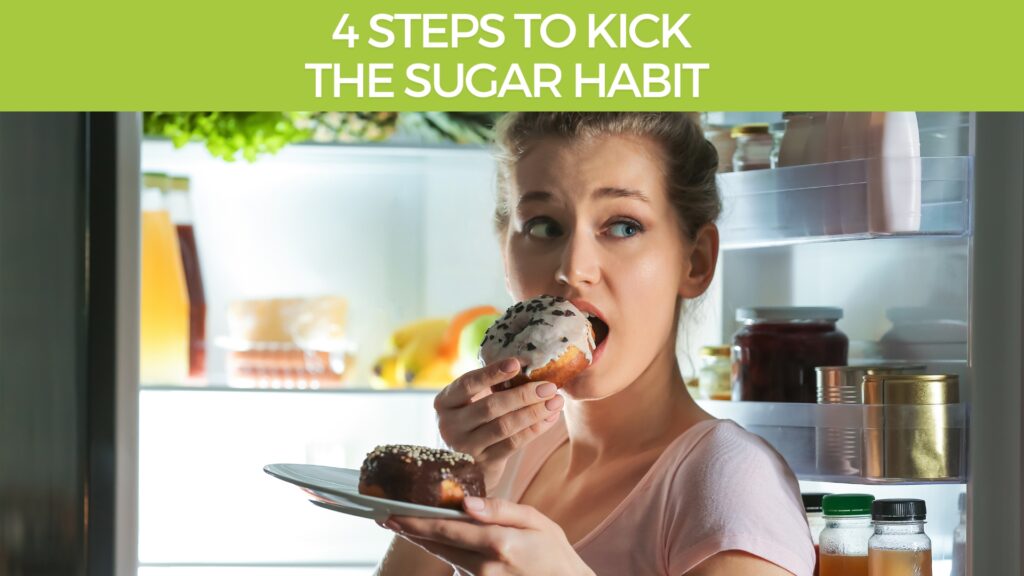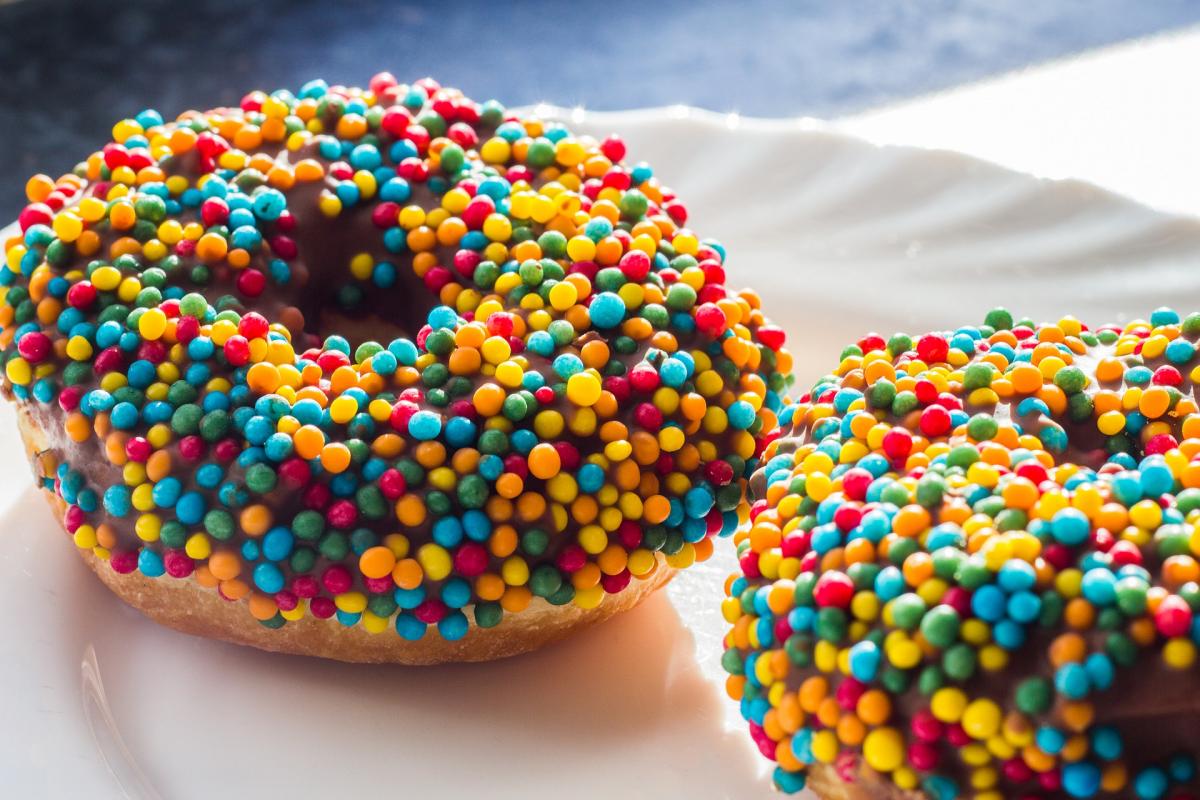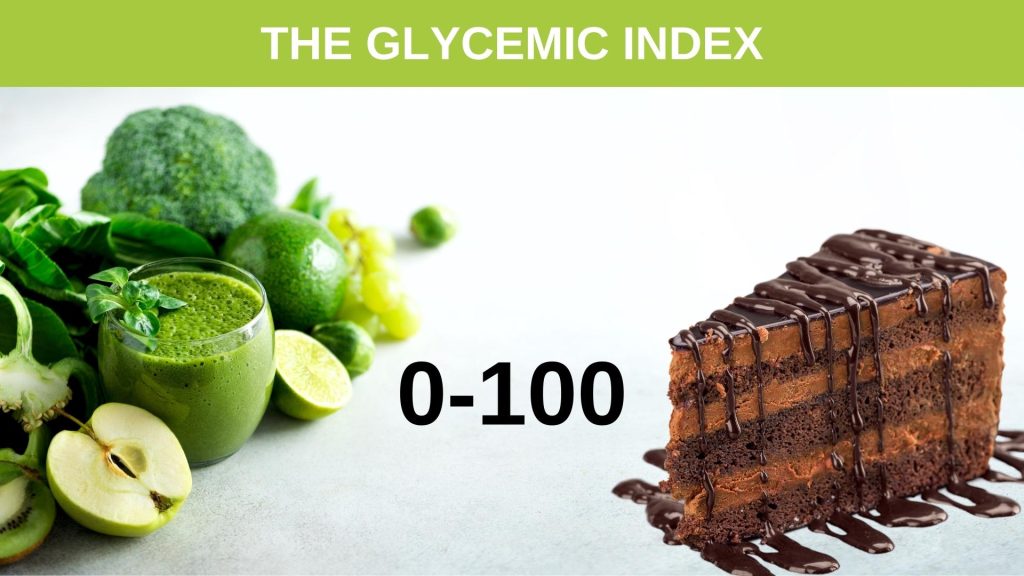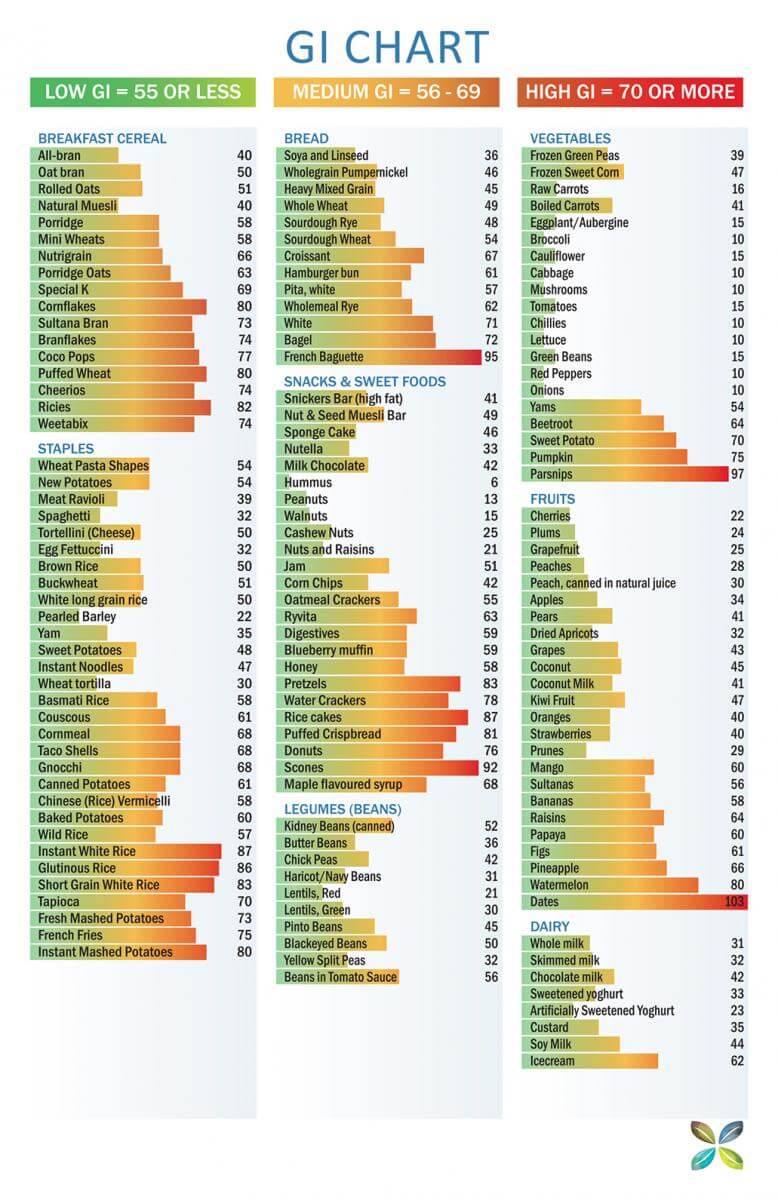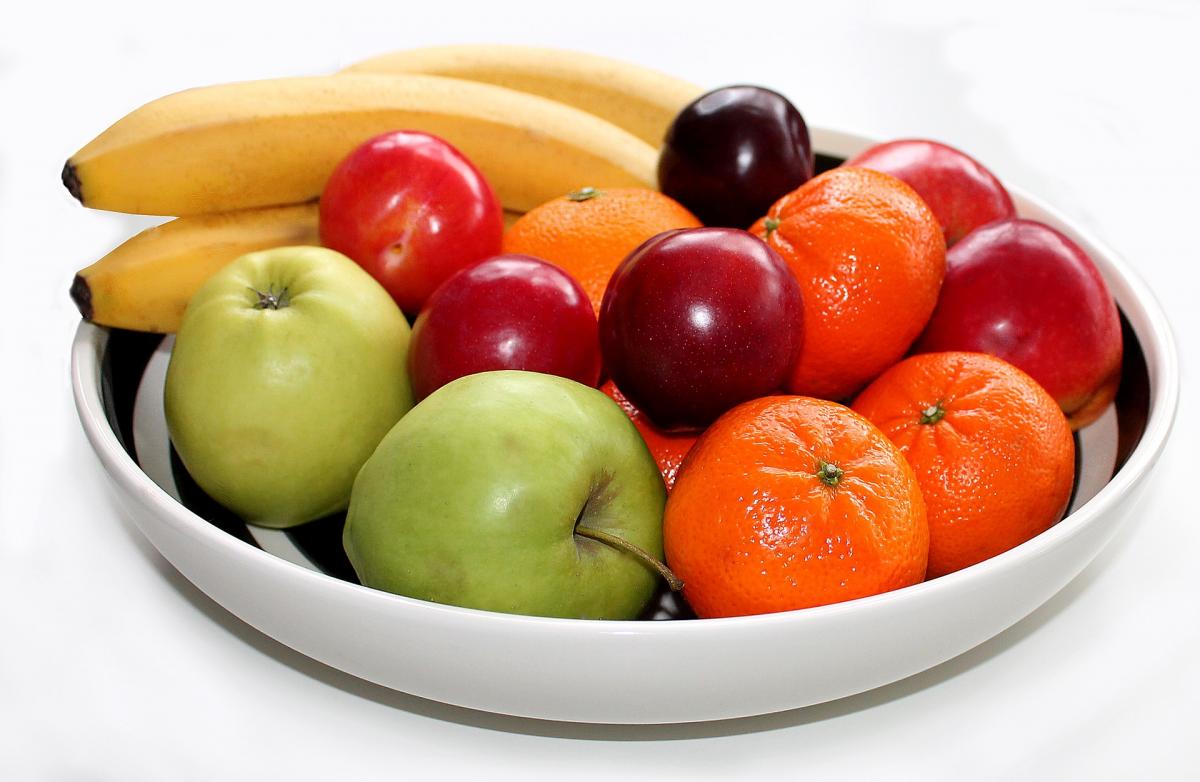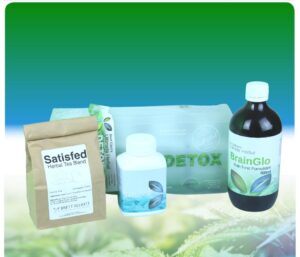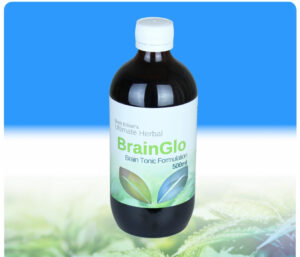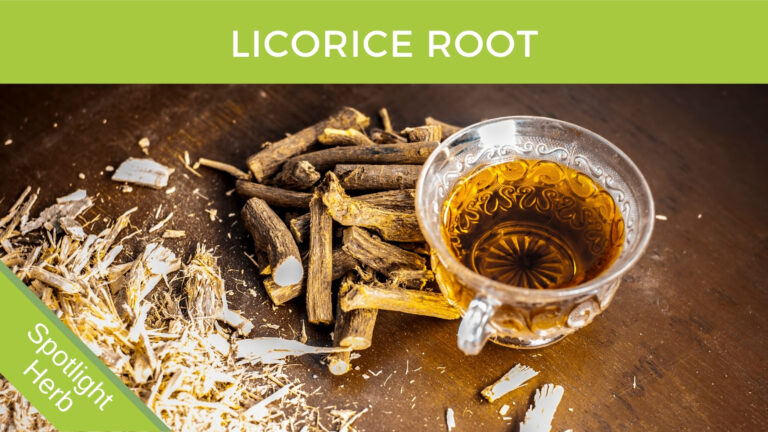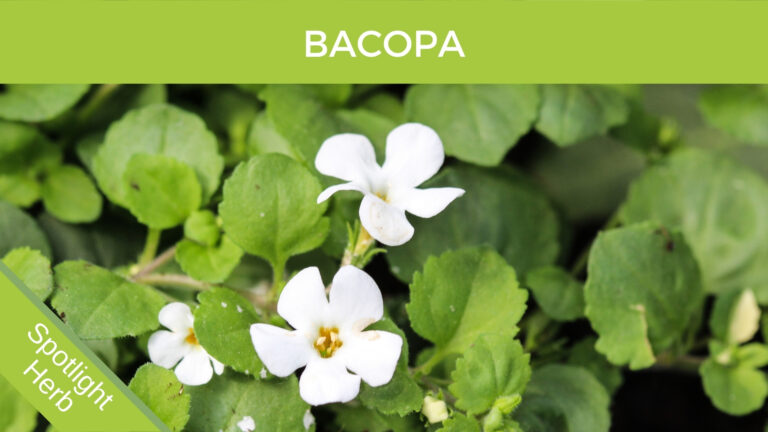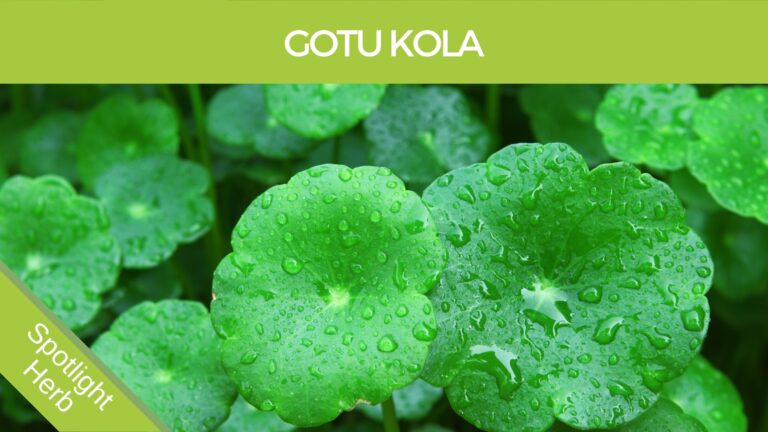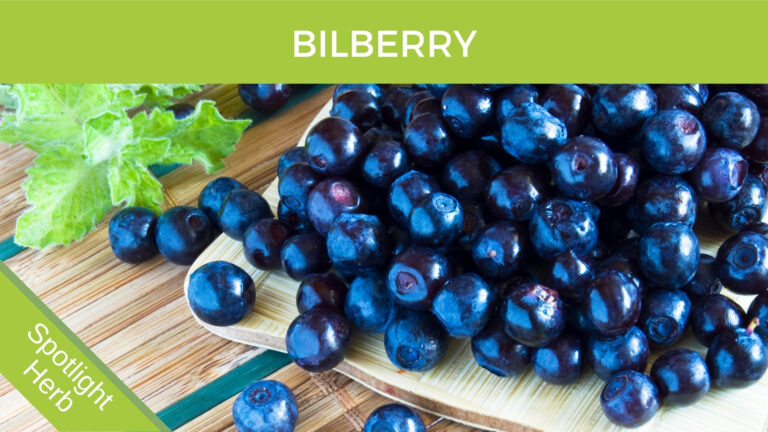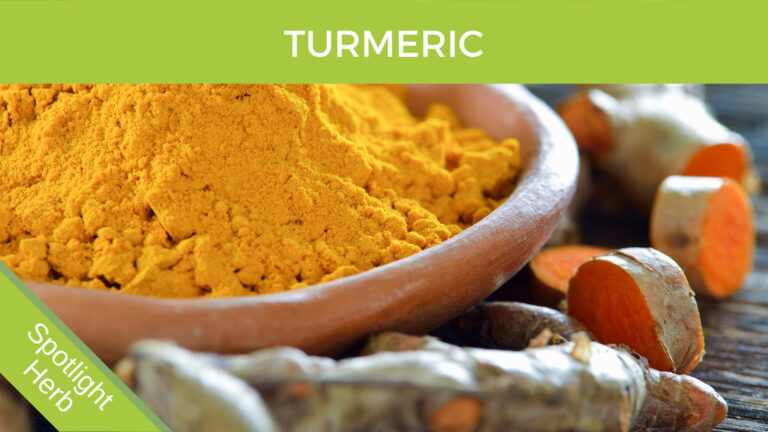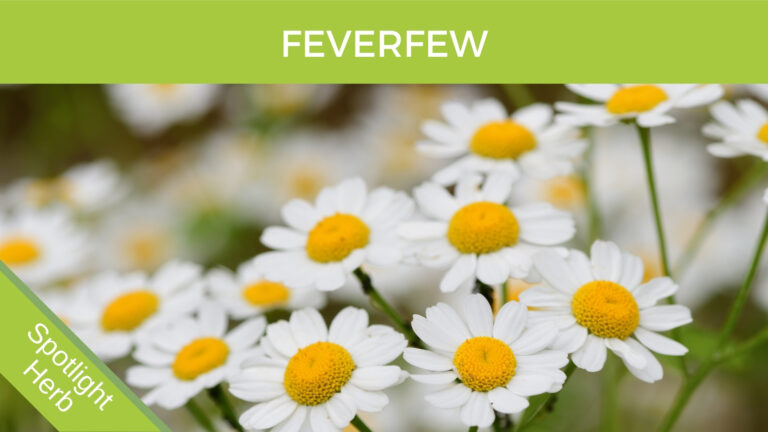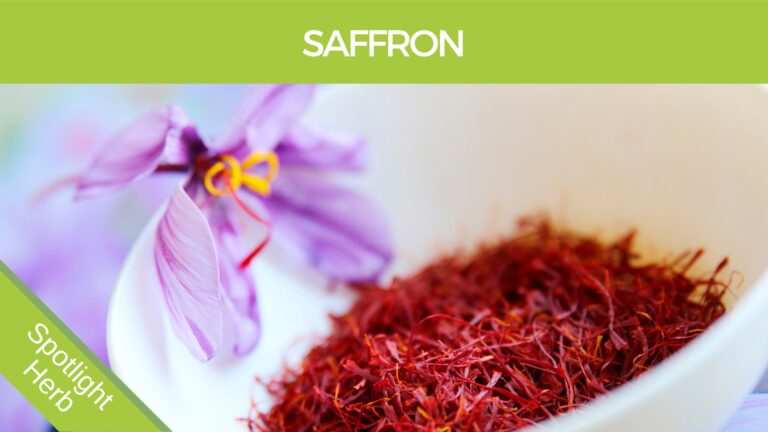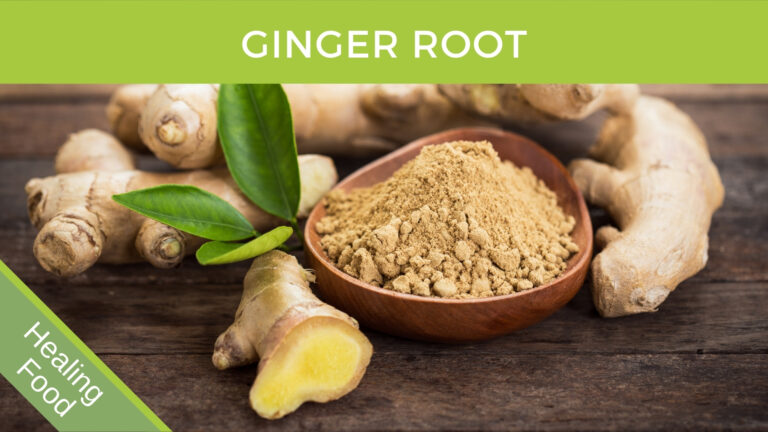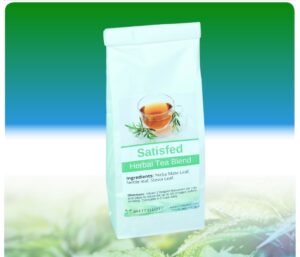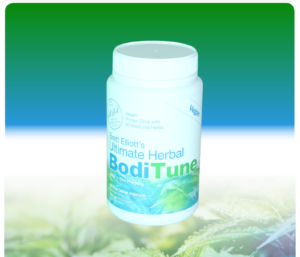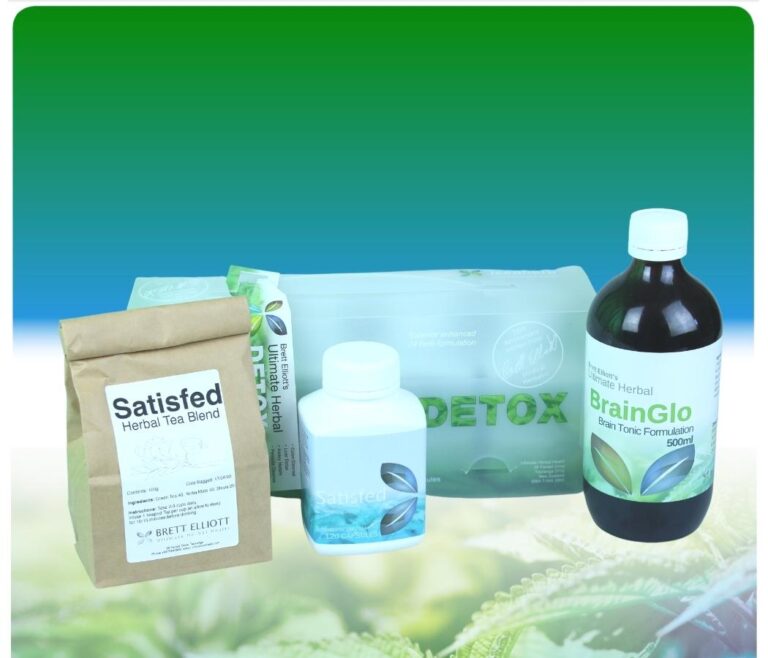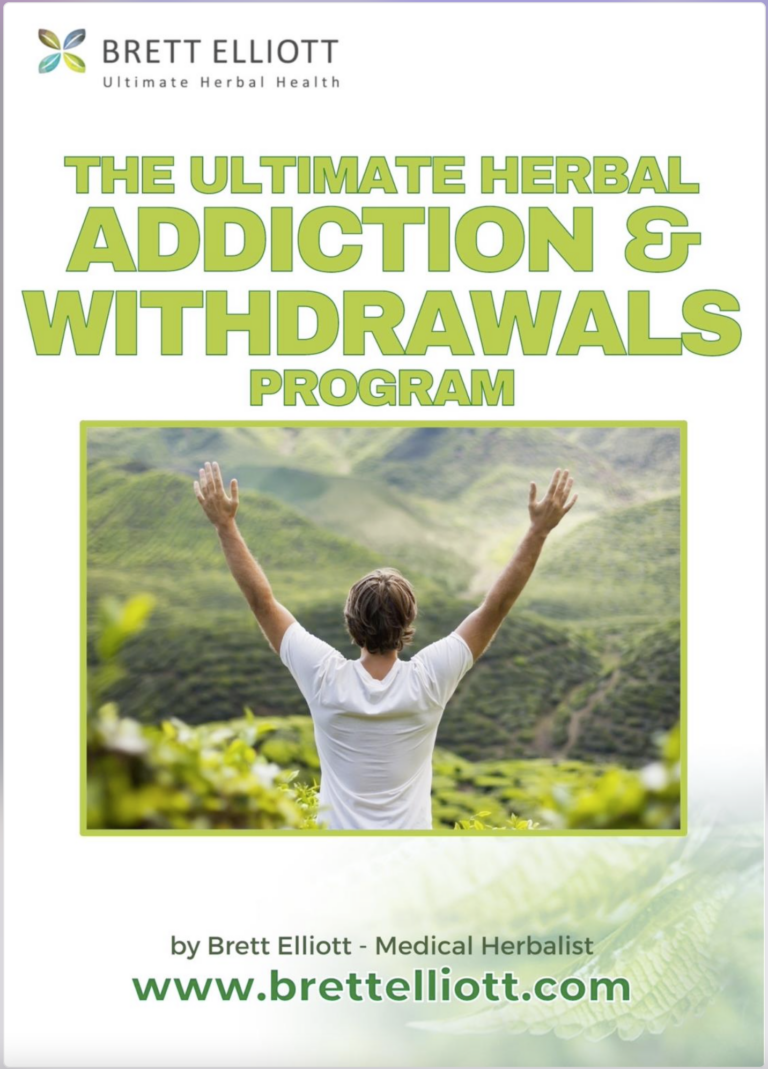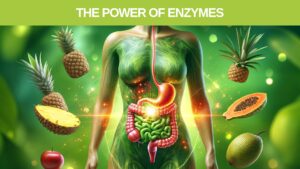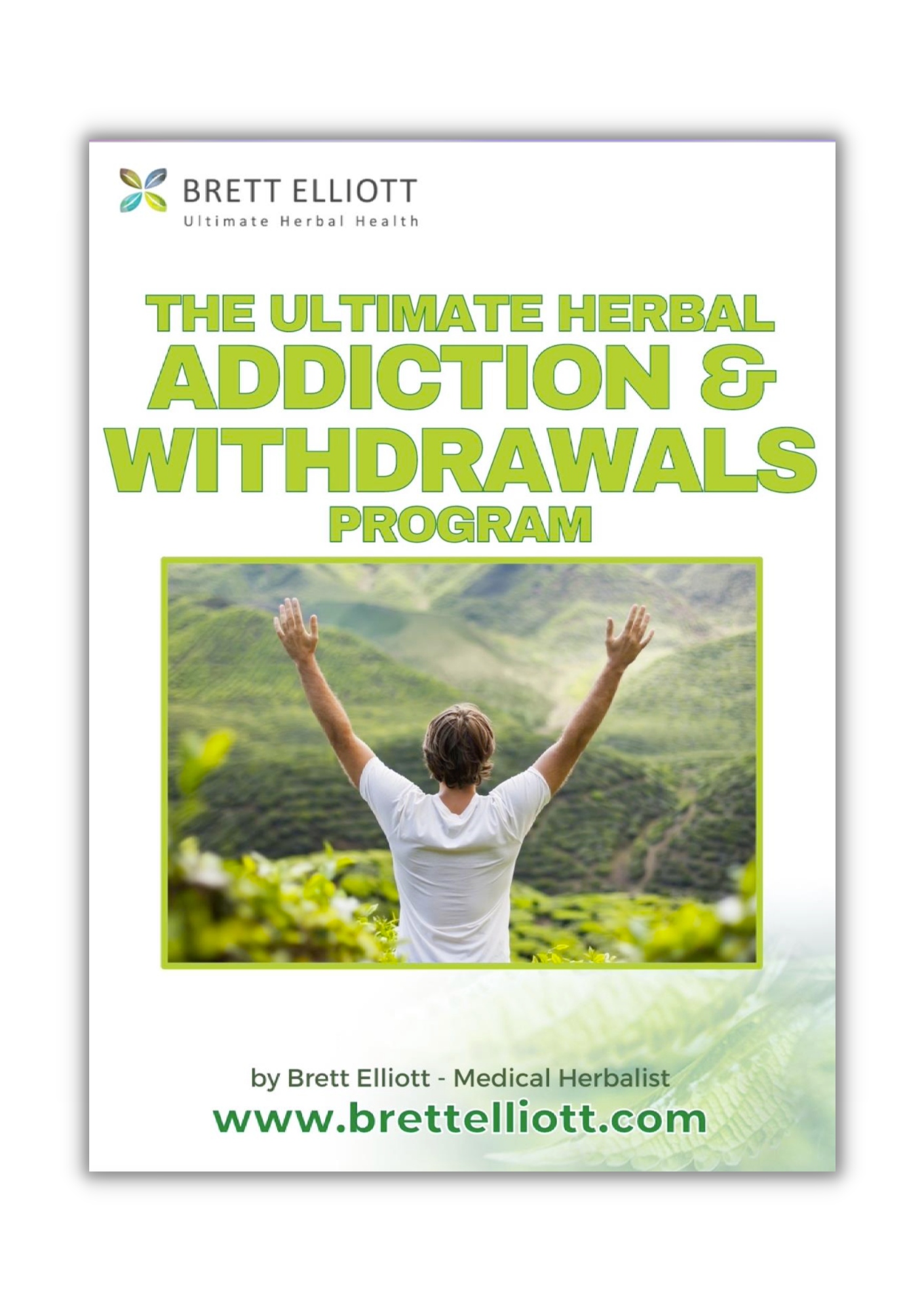- 6 months ago
- 17Minutes
- 3491Words
- 780Views
You Can Take Control, Starting Today
(1) Dietary glycaemic index and glycaemic load among Australian adults – results from the 2011–2012 Australian Health Survey. PUBMED https://www.ncbi.nlm.nih.gov/pmc/articles/PMC5338341/
(2) The Case Against Low-fat Milk Is Stronger Than Ever. Time Magazine. http://time.com/4279538/low-fat-milk-vs-whole-milk/
(3) Sugar Addiction: From Evolution to Revolution. PUBMED https://www.ncbi.nlm.nih.gov/pmc/articles/PMC6234835/
(4) Sugar addiction: is it real? A narrative review. PUBMED https://www.ncbi.nlm.nih.gov/pubmed/28835408
(5) What’s the nutritional value of maltodextrin? HealthLine https://www.healthline.com/health/food-nutrition/is-maltodextrin-bad-for-me#nutritional-value
(6) High-Fructose Corn Syrup: Just Like Sugar, or Worse? HealthLine https://www.healthline.com/nutrition/high-fructose-corn-syrup-vs-sugar
(7) Effects of stevia on glycemic and lipid profile of type 2 diabetic patients: A randomized controlled trial. PUBMED https://www.ncbi.nlm.nih.gov/pmc/articles/PMC7103435/
Is Sugar fattening?
Is Sugar like a drug?
Is Sugar Addictive?
Is Sugar a potentially lethal food?
Sad but true, the answer to all of these is YES!
If you’re a sugar junkie then this page is for you. It may not happen overnight, but increasingly we are becoming addicted to sugar as a population, and it starts when we’re children.
You are about to gain an understanding of how sugar works to get you hooked, and what you can do to get it under control, along with recommended herbs.
Lastly, we will share the herbal program and give you the Free ebook at the bottom of this page.
Jump To The Four Steps
STEP 1. Don’t go cold turkey
STEP 2. Steady Sugar Supply
STEP 3. More ‘good fat’
STEP 4. Herbal Addiction Program
Understanding Sugar Addiction
The American Psychiatric Association defines addiction, as “a complex condition, a brain disease that is manifested by compulsive substance use despite harmful consequence.”
Recent research suggests that highly processed foods are addictive and the pleasure-seeking ‘Reward’ pathways in the brain may play a critical role in the process of developing obesity.
The term ‘reward’ in the context of eating involves three key elements: liking (hedonics), learning (reinforcement), and wanting (motivation or incentive). In the brain, various hormone pathways, such as opioids and dopamine, play a role in this reward system. The hunger hormone ‘Ghrelin,’ released from the stomach, is also connected to the rewarding aspects of eating, especially the ‘wanting’ phase.
Interestingly, when rats were deprived of sugar, they displayed withdrawal symptoms similar to those seen in drug withdrawal, including anxiety-like behaviors. This phenomenon has also been observed in humans who meet the criteria for food addiction, showing similar responses to morphine withdrawal as sugar-dependent rats.
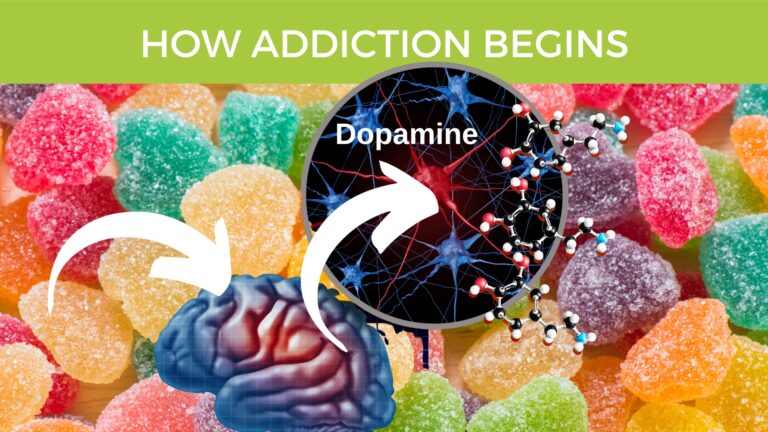
Three Stages Of Sugar Addiction
1. First of all, we like something due to flavor;
2. Secondly, we learn to enjoy the stimulating chemical/hormonal experience; and
3. Lastly, we want to have this experience again and again, which is hormonally driven.
It appears that it’s the energy density of the food that we become addicted to, so processed fats can also have a similar effect to sugar.
Many processed foods contain a perfect cocktail of fats and sugars to achieve what they call a ‘Bliss Point”.
It’s the processed food manufacturer’s goal to get us hooked and as time goes on, our want develops into a need and we have become addicted.
It’s also common for people who have become addicted to other substances such as alcohol, nicotine, or other drugs such as amphetamines and cocaine to become sensitized to sugar in a similar fashion. It’s the old saying with drugs ‘one thing leads to another’.
Repeated exposure to a substance also increases the dosage required to achieve the same effect, and this means we will need increasing amounts of sugar to achieve the same reward. Binge behavior can be the end result.
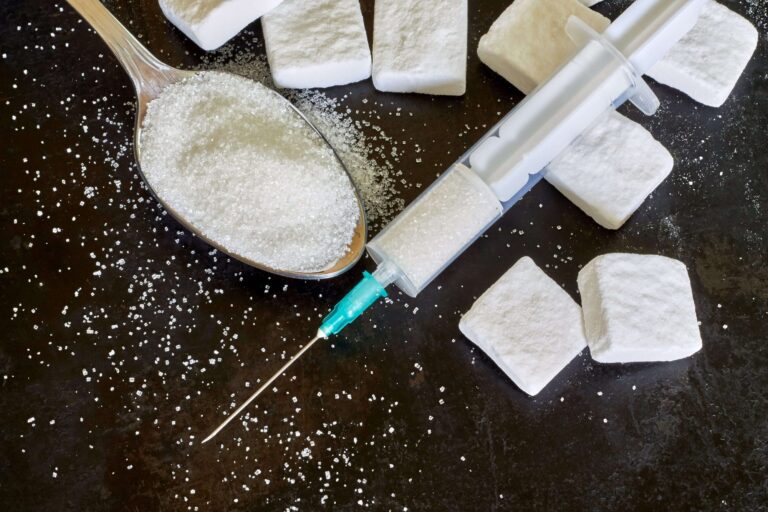
The Danger Of Hidden Sugar Substitutes
Look out for these on the labels of processed foods, as these substitutes will have a very similar effect on your body and metabolism, getting you equally addicted to those foods.
Maltodextrin
Maltodextrin is a common ingredient in processed foods. It’s used to thicken and increase the volume of products like puddings, sauces, and salad dressings. It also helps preserve packaged foods, making them last longer on the shelf. Maltodextrin has the same number of calories as regular sugar, and your body can quickly break it down for a quick energy boost. However, it has a higher glycemic index (GI) than sugar, which means it can cause a rapid increase in blood sugar levels. (5)
High fructose corn syrup
Dextrose and corn syrups are widely used in making candies, chocolates, marshmallows, and other sweets. In dairy products like ice cream, they can make up a significant portion of the sugar content. Dextrose and sucrose (table sugar) are similar in purity and nutritional value. (7) High-fructose corn syrup, made from corn starch, is another common sweetener, with a similar ratio of fructose to glucose as table sugar. It’s used in processed foods and soft drinks. (6)
Stevia – The Great Herbal Sweetener
A great alternative sweetener is the natural herb Stevia. One study’s results showed that stevia in sweetened tea could be an alternative to sucralose in diabetic patients with no effects on blood glucose, HbA1C, insulin, and lipid levels. (7)
Brett explains more about Stevia in this short video.
Obesity has become a significant health issue, leading to higher rates of severe obesity and reducing life expectancy. It contributes significantly to chronic conditions like heart disease, diabetes, and cancer. (3)
In 1998, there was a surge in the availability of enticing and flavored food products on supermarket shelves, leading to changes in our eating habits. The convenience of snack foods and the industrialization of food production made calorie-dense foods more affordable. This shift in the food environment has contributed to the rise in processed food consumption, even among children. (3)
It’s important to recognize that this isn’t a coincidence; it’s a deliberate strategy by food manufacturers to keep us coming back for more, much like a drug addiction. Sugar, in particular, has been shown in studies to produce drug-like effects, such as bingeing, cravings, tolerance, withdrawal, and dependence. This appears to be due to the release of natural brain opioids upon sugar intake. The parallels between sugar and addictive drugs are evident in both brain chemistry and behavior, both in animals and humans. (4)
Let’s talk about what we can do to get off sugar and stop the damage, through effective lifestyle changes, and foods and herbs for weight loss.
Kicking The Habit with the Four Step Method
There are some simple steps you can take to get off sugar.
- Don’t go cold turkey, but gradually wean yourself off the sugar foods by introducing more, low Glycemic Index (GI) foods, over time. (see GI Chart below);
- Keep the Brain supplied with a steady supply of Sugar by using small amounts often. Eating Fruit is a good way to do this;
- Introduce more ‘good fat’ and protein into your meals. This will give you slower releasing energy, reducing the sugar spike after eating; and
- Consider the Herbal DETOX as a fresh start or the Herbal SLIM as a ‘good habit’ forming tool, both containing effective herbs for help with weight loss.
Let’s add a little more explanation to each of these points.
Step 1. Don’t go cold turkey, but gradually wean yourself off the sugar foods.
Rather than simply deciding to quit sugar overnight, it’s a much safer bet to gradually wean yourself off high sugar foods. The foods of real concern are usually man-made, factory processed foods with added refined sugar.
If you can choose one processed food to eliminate each week and replace it with whole, natural food, you will make great steps towards quitting the sugar habit. Choosing foods that are middle of the Glycemic index would be a good place to start, such as fruits and dried fruits, nuts, and milk products.
I always suggest a green smoothie or a fruit and protein smoothie in the mornings as a great way to replace things like cereals and toast. Check out our smoothie recipes here
Understanding the way foods fit into the Glycemic index will be helpful when choosing your foods.
What is the Glycemic Index?
The Glycemic Index (GI) rates foods according to the amount and speed with which they raise blood sugars from 1 to very low, up to 100 for pure sucrose (table sugar). Refined sugar has a high Glycemic Index because it speedily enters the blood. This is where the problem lies – the body does not tolerate excess sugar circulating in the blood as it damages the blood vessels and can eventually lead to Type 2 Diabetes.
This has a flow-on damaging effect on other body tissues, one reason why diabetics are at such great risk. The body protects its cells from too much blood sugar (glucose) by taking it out of the blood vessels and storing it more safely in fat cells for later use in time of need ie: when less high-energy food is eaten.
Unfortunately, in the modern Western diet, there is often an over-abundance of high Glycemic foods eaten. High Glycemic foods such as refined carbohydrates, bread, pasta, biscuits, cakes, muffins, pies, sweets, fizzy drinks, many breakfast cereals, and other refined grain foods.
These foods also contribute to conditions such as Irritable Bowel Syndrome, Colitis, Constipation, Colon Cancer, and Ulcerative Colitis, largely because of their high sugar and gluten content.
Evidence from recent studies suggests that a low Glycemic Index eating pattern is associated with better health outcomes, such as a decreased risk of Type 2 Diabetes, Coronary Heart Disease, Gallbladder Disease, and Breast Cancer. (1)
Low GI foods are recommended for a weight loss program to help balance blood sugar and reduce fat deposition. You can see in the chart below a list of foods that are low GI and high GI. Although some processed foods are on this list I would recommend avoiding processed foods altogether during our program. Stick to the fruits, vegetables, legumes, nuts, and seeds and you will get a much better result.
STEP 2. Keep the Brain supplied with a steady flow of Sugar.
When looking at the GI chart above you will see that many vegetables have a low GI while breakfast cereals, bread, and snack foods are very high. What these processed carbohydrate-based foods do is give the brain a quick fix of sugar and trigger the reward (addiction) system in the brain. It’s not necessarily the energy that our ‘body’ receives that’s addictive, but more likely the feel-good hormonal effect on our ‘brain’. It’s the brain we need to feed slowly and steadily with low GI foods.
Therefore low GI foods which have a lower amount of sugar will need to be drip-fed into our body to keep the brain nice and stable. A piece of fruit every hour or so should do the trick. We won’t get the temporary rush or high experienced by high GI foods, but we will still have a nice steady supply of energy for our brain. This will gradually reduce the addictive eating pattern and re-program behavior.
At the same time, we will be giving our body all the energy it needs to perform our daily physical tasks. A good old-fashioned fruit bowl is a great place to start. Nuts and raisins, olives, pickled onions, and cherry tomatoes also make good snacks to keep the brain ticking steadily.
STEP 3. Introduce more ‘good fat’ and protein into your meals.
Type 2 diabetes has seen a massive escalation worldwide and the consumption of sugary drinks has skyrocketed. Sugar has been directly linked to this diabetes epidemic and the avoidance of fat could also be partly responsible.
The “Low Fat” food craze has been closely followed by increased obesity rates pointing to a complete failure of the low-fat diet trend. Low-fat foods are definitely not the solution to the obesity and diabetes crisis and are actually contributing to the problem. How can this be, you may ask?
In fact, low-fat foods often have higher sugar levels and higher GI than full-fat foods.
Low-fat dairy products are a classic example.
In a new study published in the journal Circulation, Dr. Dariush Mozaffarian and his colleagues analyzed the blood of 3,333 adults enrolled in the Nurses’ Health Study of Health Professionals Follow-up Study taken over 15 years. They found that people who had higher levels of three different byproducts of full-fat dairy had, on average, a 46% lower risk of getting diabetes during the study period than those with lower fat levels. (2) This is because low-fat milk (like other low-fat foods) has a higher Glycemic Index (GI) indicating full-fat dairy is actually better for you.
Good fats include these foods: Avocado, Coconut products (oil, cream, milk, and yogurt), most nuts, full-fat organic dairy products, and cold-pressed olive oil.
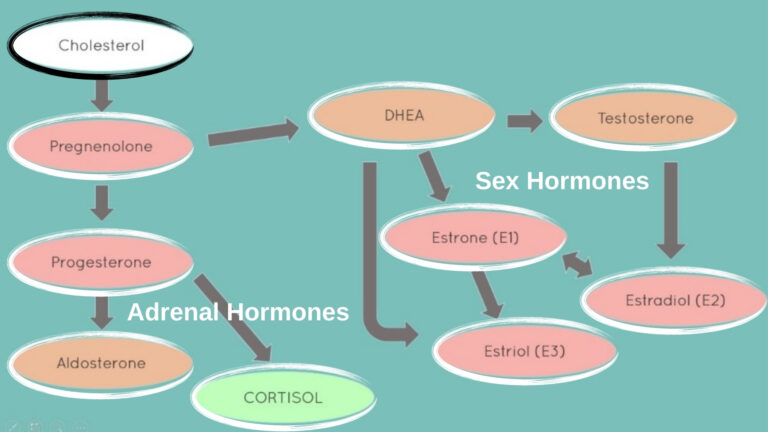
Fats drive Hormones.
Sugar addiction seems to be a dependence on the natural feel-good brain opioids (opium-like hormones) that get released upon sugar intake. The best thing we can do to reduce this ‘rush’ effect from sugar is to increase our natural opioid hormone production without sugar. The same rule applies to almost all addictive behaviors.
You can see in the figure above how cholesterol, found in many fats is vital for the production of our steroid hormones including the stress hormone cortisol. It has been found that a single pharmaceutical administration of cortisol leads to reduced craving in low-dose heroin addicts. (5) Therefore including good fats in your diet, including cholesterol will be good for increasing your natural hormone production, and reducing your cravings.
It has also been suggested that future weight loss strategies should emphasize food quality, not calories, and individual factors such as hormonal regulation of metabolism, and the gut microbiome (bacteria or microbiota). (3)
In order to reset the gut microbiome, a herbal detox diet followed by some good probiotics is ideal. To support resetting the metabolic craving centers the combination of herbs such as Caralluma, Gymnema and Garcinia can be helpful. All of these can be found in the Ultimate Herbal programs below.
STEP 4. Herbal Program For Sugar Addiction & Withdrawals
The Ultimate Herbal Detox Withdrawal Combo is perfect for helping reduce cravings, and gives you everything you need to get through the detox withdrawals and headaches when quitting sugar.
It’s a blend of key herbs in multiple dosage forms to give the most satisfying experience possible.
There’s a medical herbal liquid, some craving control herbal capsules, a powerful herbal tea, and a protein drink with special herbs for weight loss, designed to keep you satisfied for longer.
Let’s break it down for you in-depth.
BrainGlo Liquid Formulation
Brainglo contains a blend of key tonic herbs that help protect and support brain health. It can be used over the long term as a tonic, or in short bursts for withdrawal headache relief.
The herbs can help improve the health of the entire Brain and assist with healthy circulation, hormonal balance, and cognition within the brain.
BrainGlo Ingredients
It contains a blend of the following herbal extracts in a base of pure New Zealand bush honey.
Click the names to read more and see research about each ingredient.
Licorice – Great for energy, stamina, and blood sugar balance.
Bacopa – Administration of BM appears to nourish rather than deplete neurons, an action compatible with 1400 years of Ayurvedic study.
Ginkgo Biloba – Inhibits platelet aggregation (anti-PAF) to reduce blood viscosity, improves circulation.
Gotu Kola – Studies have shown Gotu Kola to re-vitalize the brain and nervous system, increase attention span and concentration, and combat aging.
St John’s wort – Helps to keep serotonin available in neuron synapses (spaces between nerve endings) of the brain. Take with professional guidance if using migraine drugs. St John’s wort protects the liver, nourishes, repairs, and calms the entire nervous system, and relieves pain.
Bilberry – Blueberry intake has been shown to increase brain activity, memory, and learning and to decrease age-related cognitive decline. Cognitive performance in elderly adults improved after 12 wk of daily intake of blueberry.
Turmeric – Strong anti-inflammatory, digestive, and liver support, blood thinning.
Feverfew – Grow feverfew in the garden and chew on a few leaves when you experience a migraine aura. It is thought to work by inhibiting the generation and release of pro-inflammatory prostaglandins. Feverfew has also been shown to inhibit serotonin release from platelets, aiding blood vessel tone and constriction. This is a very bitter herb that promotes digestive secretions for improved food assimilation. Feverfew can also be taken prophylactically (as a preventative) – consume 2 to 3 leaves every day to reduce the frequency of migraines.
Saffron – The active components in saffron protect neurons in the brain and increase the concentration of neurotransmitters in the synapses, thus enhancing cognitive function.
Ginger – Another plant that improves blood circulation; inhibits thromboxane and other prostaglandins. Relieves inflammation, nausea, and vomiting.
Take 10ml of BrainGlo liquid twice daily or 5ml four times daily, depending on the severity of the headache.
Satisfed Capsules
Satisfed plays an important role in controlling hunger, blood sugar levels, and emotional food cravings.
Just four capsules daily approximately 1/2 hour prior to the most common craving periods are effective at reducing bad habits, or 1/2 hour before meals to reduce hunger and serving size.
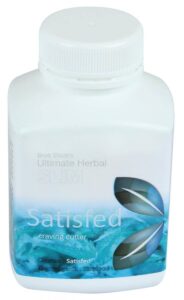
Click the ingredients’ names to see further research.
Ingredients:
- Caralluma (Caralluma fimbriata)
- Gymnema (Gymnema sylvestre)
- Coleus forskohlii (Plectranthus barbatus)
- Chromium polynicotinate
Satisfed Herbal Tea Blend
A delicious blend of Green tea, Yerba Mate and Stevia. It’s the ideal herbal tea to replace sugary drinks, reduce cravings and increase positivity.
A blend of herbs to help improve brain function and increase metabolic energy. The ideal strategy to combat food cravings, emotional eating, and other addictive behaviours. Best taken during the afternoons to reduce midday snack cravings.
Contains the following herbs:
- Green Tea – Clinical studies suggest that green tea extract may boost metabolism and help burn fat. Green tea has been used traditionally to control blood sugar levels.
- Yerba Mate – The reported effects include improved total mood disturbance score, increased focus, alertness, and energy, and decreased fatigue in habitual caffeine consumers. Modifying behavioral factors of mood state and appetite control
- Stevia – Used as a natural sweetener, Stevia contains a compound that is 200 x Sweeter than sugar and when used can help to balance blood sugar and reduce hunger.
Ultimate Herbal BodiTune
The other option is to include BodiTune, which is 50% vegan protein and contains all of the Detoxifying herbs for weight loss, along with all of the craving control and appetite suppressants, which can be very helpful with conquering addictive or emotional eating habits.
One scoop in your morning smoothie or in your shaker bottle during the day can make a huge difference to your energy levels and cravings throughout the entire day.
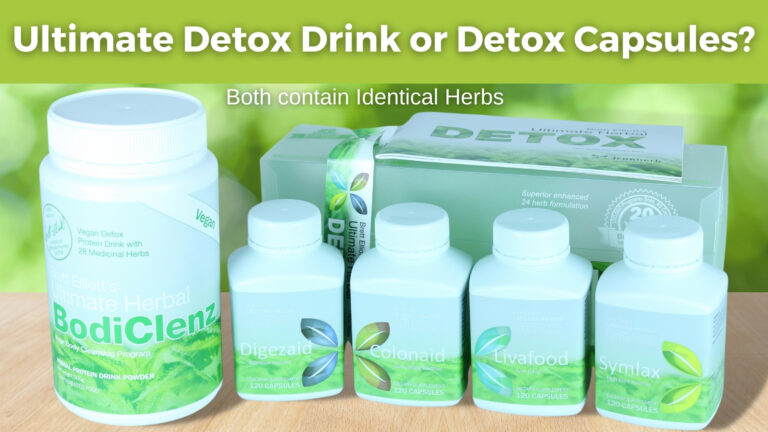
Herbal DETOX Program or BodiClenz
Another option is to choose to get one of these Ultimate Herbal Detox 480 capsules or Herbal BodiClenz 500g drink powder included with your program for a 14-day deep inner body cleanse.
This will focus your program more on the detoxifying and elimination of residues and by-products of substances and their long-term toxic effects.
This option is a great choice if you want to quit for good and get clean, or if you are looking to get drug tested for a new job.
You can use the Detox option first for 2 weeks, then repeat the program again with the BodiTune option for another month to set your new ‘good habits’ in stone.
Good luck on your mission should you decide to accept it. We are here to help anytime via live chat, email or phone.
Please Note – Detox Capsules are Gelatin and BodiClenz drink is Vegan.
Ultimate Detox and Withdrawals Combo 25% Deal
- BrainGlo 500ml Liquid Formulation Normally $149.00
- Satisfed (120 Capsules) Normally $75.00
- Satisfed 100g Loose Leaf tea Normally $27.50
- Ultimate Herbal Detox Capsules or BodiClenz Powder or BodiTune Powder Normally $119-199.00
Total Value Normally NZD $450.05
Pay ONLY $ 188.00 – $ 337.00
Combo Savings 25% Discount (Save up to $112.00)
Conclusion
In short, if the body is oversupplied with high-Glycemic, refined carbohydrate foods, it will develop hormonal habituation ultimately resulting in dependence and addiction. Over time the pancreas gets burnt out and insulin resistance can eventually lead to Type 2 Diabetes, weight gain, and obesity.
Adequate good quality fat and protein will also moderate the Glycemic Index of a meal and reduce food cravings, further balancing blood sugars, reducing the storage of body fat, and reducing weight.
The overall effect of combining this with herbal supplementation is an empowering gradual shift in habits and a reduction in addictive patterns.
Many blessings of health on your journey and please share your success stories with us.
Brett Elliott ®

